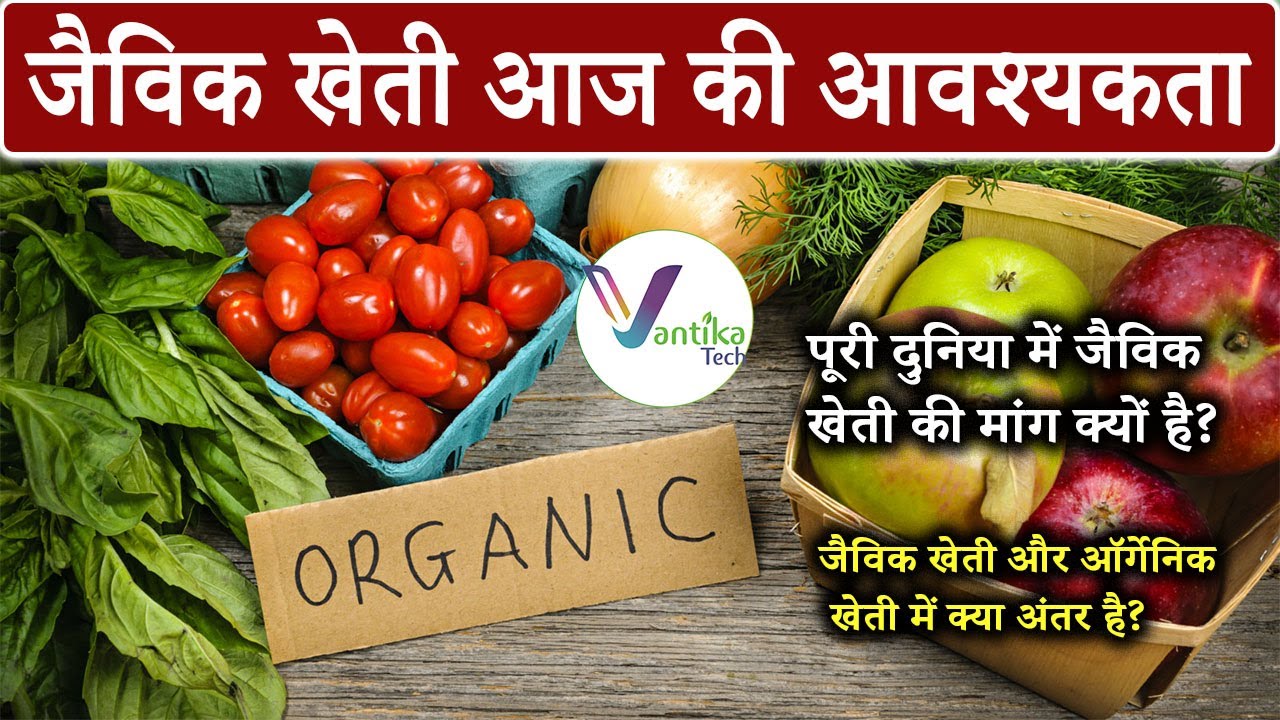The roller-coaster of monsoon continues. Normally by the end of September the time comes for the rains to stop, but now the Meteorological Department has predicted 110 per cent of the Southwest Monsoon Long Period Average (LPA) this month. However, the Meteorological Department has also said that even better-than-average rainfall will be insufficient to cover the shortfall in the entire season. The LPA of rainfall in the four months from June to September is 89 cm, with the LPA of September being 17 cm, the lowest in four months. Monsoon has been 24 per cent below normal in August this year (rainfall between 96 and 104 per cent of the LPA is considered normal), while in July it was 7 per cent below normal.
Overall, the monsoon so far has been less than 10% of the LPA. The lack of rain can be gauged from the fact that August 2021 has been the sixth driest August since 1901.
The Indian Monsoon is directly related farming in the sense of sowing of Kharif season. Several oilseeds including paddy, cotton, sugarcane, various pulses and soybeans are sown during Kharif and the sowing time is generally from June to August. Almost all sowing is done by early September, so there is little chance that the average rainfall in September will have any significant impact on the country's agricultural landscape.
However, the condition of the country's water bodies can certainly improve. In this context, it would be relevant to see what has been the kharif sowing situation so far, as this gives an idea of the total production and prices of this season.
In the kharif season of 2021-22, though paddy sown area was lagging most of the time compared to last year, paddy transplantation may be higher than last year despite a weak monsoon, according to the latest data released earlier this month. Went. Used to be.
Where paddy was sown in a little over 400 lakh hectares till September 2 last year, this year it has increased to over 401 lakh hectares. Similarly, the area under pulses has also increased by about 1.6 lakh hectares year after year to 136.85 lakh hectares in 2021. Among these, the highest increase has been in the area of tur and the area of urad is almost same as last year. However, there has been some reduction in the area under moong.
The area under coarse cereals and oilseeds has decreased the most in 2021. While the area under sowing of coarse cereals like jowar, bajra, ragi, maize and small bajra was 176.72 lakh hectare last year, this year it has been less by 4 lakh hectare. . Of these, the maximum reduction of 5.29 lakh hectares has occurred in the sowing of millet and the area under maize has increased by about 1.5 lakh hectares.
Last month, from the Red Fort, Prime Minister Narendra Modi had spoken in front of the country to make the country self-reliant in the production of palm oil. Anyway, in the case of oilseeds, the country's dependence on imports stings not only the economy but also the consumers.
The government has been successful in achieving almost self-sufficiency in pulses. But in oilseeds production, this path seems more difficult. The area under sowing oilseeds in Kharif 2021 has decreased by 3.20 lakh hectares as compared to last year.
Groundnut and castor have the highest share, whose sown area has decreased by 2.26 and 87 thousand hectares respectively. In comparison, there has been an increase of about 1 lakh hectare in soybean area and about 27 thousand hectare in sunflower.
In the cash crops category, sowing of sugarcane and jute has increased partially, but cotton has seen a steep decline of 8.32 lakh hectares. The apparent reason for such a drastic reduction in cotton sowing is about 50 per cent less than the average monsoon rainfall in northwestern India, especially Gujarat. This decrease in rainfall is also visible on castor acreage, of which Gujarat is the largest producer.
After agriculture, the greatest importance of monsoon comes in maintaining the water level in the country's reservoirs. The water that is stored in these reservoirs during the four months of monsoon is available for the country from drinking to irrigation in the remaining 8 months.
There are 130 such reservoirs in the country, which are constantly monitored by the government and in which it is very important to have adequate water reserves. Of these, 44 reservoirs are also used for hydroelectric projects and 60 MW of power supply. According to the data released by the Central Water Commission last Friday (September 9), these 130 reservoirs hold about 117 billion cubic meters (BCM) of water, which is 68 per cent of their total capacity of about 172 BCM.
Presently the total water storage in these reservoirs last year is about 144 BCM and the average of last 10 years is 124 BCM. That is, at present, these reservoirs of the country have 81 percent compared to last year and 94 percent of the average.
Thanks for visiting us. Subscribe to us on Facebook and YouTube.



Thanks for a very interesting article.
ReplyDelete